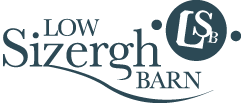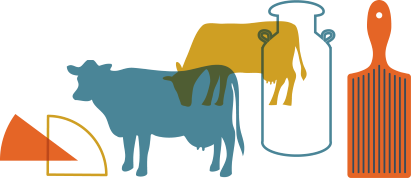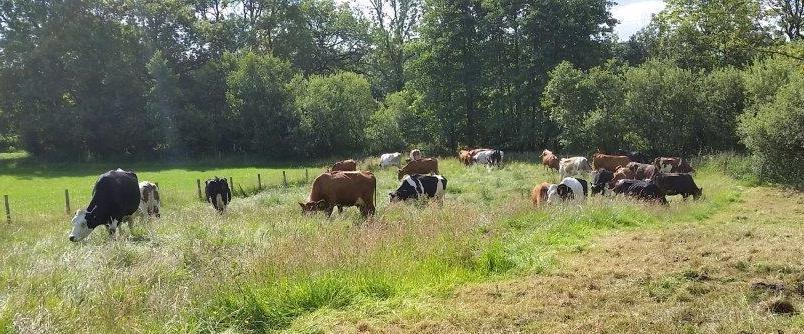
September calving
Here at Low Sizergh Farm, we have a 170 strong crossbred herd of Holsteins, Swedish Red and Montbeliards as well as 700 hens, and a flock of 200 Swaledale and Mule sheep. Farmer Richard’s aim is to use good farming practice to achieve excellent productivity and enhanced animal welfare.
We are eight years into autumn block calving and it works well for the farm. Block calving is when all cows and heifers are calving within a 12-week window, and cows are getting back in calf, hitting peak milk yield and being dried off together. The aim is to do one thing at a time, to a high standard with cost and labour efficiencies.
For Farmer Richard, it all starts on the 25th of August, a date that’s marked on the calendar like Christmas Day. It means calving finishes on the 15th November and three days later the service period starts, finishing on the 8th of February ahead of the cows going out to grass.
For our size of farm, it means we can concentrate on one job at a time – calving, serving, grazing – rather than trying to do all of the jobs simultaneously year-round. The downside of
Autumn block calving is a very heavy workload during the calving period, particularly during the first month when 75% of the cow’s calf.
The cycle starts with drying off. We apply a teat sealant which forms a solid plug at the end of the teat to prevent infection. It used to be standard farming practice to give long-acting antibiotics to all cows ahead of calving to avoid mastitis. But at Low Sizergh we are moving to the use of zero antibiotics.
For the first five weeks of their break, the cows enjoy grazing in fields with long, mature grass and we deliberately leave the grass in those fields as we want to balance their diet for maintenance and calf growing rather than for milking. Older grass is less nutrient-rich.
We also use mob grazing, moving them every day, which helps the land. As the grass grows longer above the ground, there’s a proportionate amount of root growth below ground. This leads to more carbon sequestration and an increase in soil microbial and bacterial activity.
During the last three weeks, they are brought inside and the diet changes to ready them for the birth and their next lactation. We know that the cows are under maximum stress before the birth and we see this as preparation for the ‘great race’, so we feed them grass silage and chopped straw as well as cereals, protein and minerals.
On the farm, the cows then calve undercover. When we spot that they’re about to calve, they are moved into a communal straw bedded pen. Thanks to the cross-breeding we’ve pursued the cows need a little help at calving and the level of metabolic disease is very low so few interventions are required.
Calves are separated from the cows after they’ve had their first milk (colostrum), which is a fundamental part of calf health. We test the colostrum for levels of antibodies using a refractometer. Calves who need a boost are given some from our frozen colostrum bank.
There are many differing opinions on separating the calves as there are complex issues around cow health, herd management and cost. Finley’s at Cream of Galloway are advocates of keeping them together, an approach that requires significant herd management changes over the long-term and also building restructuring.
We are keen to share learning, so farmer Richard recently travelled to a Wiltshire farm to see surrogate rearing in action, which is where ‘mum’ cows raise calves on behalf of the herd. There’s an expense involved and it requires more land than we currently have.
Once our cows have calved, they re-join the milking herd. They graze outside but are housed inside at night until the end of October, to benefit from a higher quality feed.
With our block calving system, calves are inside in individual pens for one or two days and then they are housed in smaller groups of six, feeding on whole milk. After 12 weeks the calves’ have transitioned to dry feed and move into bigger groups going out to graze in the Spring. Following a second winter inside, they will have their first calve at two years old. The farm’s male calves and surplus heifers are purchased by three local farms, where they are reared for beef.
All in all, it seems to be a system that works well here at Low Sizergh.


